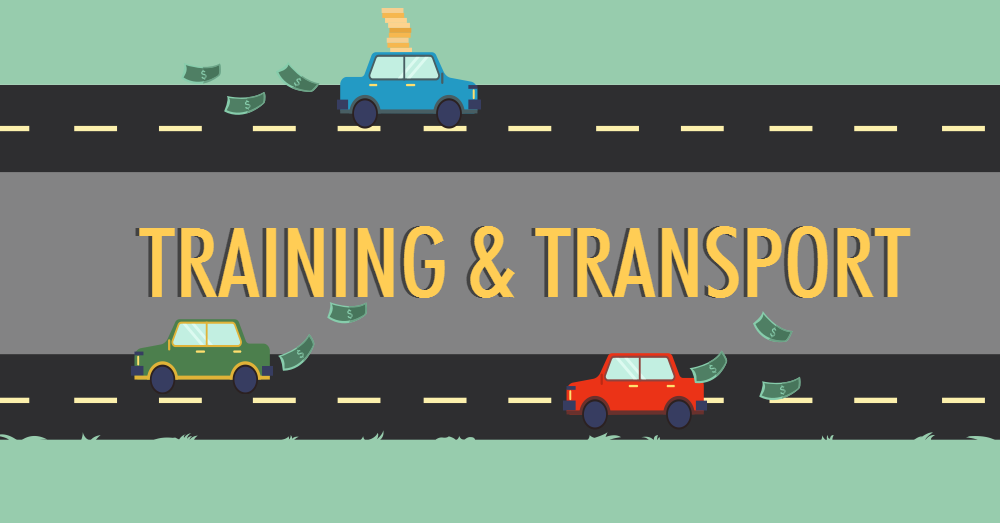- Sophie Main
- March 13th, 2017
At the heart and soul of every organisation, are the employees; they are the face that greet your customers, the driving force on the factory floor, and the creative minds that provide your competitive edge. In short, the old saying is true, employees are your most valuable asset.
Just like the maintenance of your prized machinery, it makes sense that companies should invest in updating and developing their workforce. And, on the whole, there is an increasing appreciation for the importance of providing learning and development opportunities to employees. Unfortunately, these good intentions are constrained by the training budget which, for many, is continuously tightening.
But with 25% of employees naming their reason for leaving a company as a lack of training opportunities, simply saying no to training will not be a sustainable option for businesses.
So, what’s the solution?
How to trim the cost of training
Studies have shown that on average 85% of every dollar spent on training is used to get people to the classroom. While this percentage may seem staggeringly high, when you factor in travel cost, accommodation and expenses along the way, it soon becomes clear where the money is being spent.
Thankfully, there is a way to reduce this cost to 0%.
Accessible wherever, whenever, eLearning allows companies to completely eliminate the cost of travel and accommodation. This not only means that you can begin to spend all your training budget as intended – on training – but it also frees employees from the constraints of classroom location, size and schedule. Both the organisation and the individual learners can regain control of their training, working it around their personal and professional commitments, as well as their individual learning styles.
Tried and tested transitions
For many organisations, eLearning is not the new, it’s the now, and they are already reaping the rewards: IBM calculated that around 40% of their classroom training costs were spent on travel and accommodation, but by moving just half of the training to eLearning, they reported a saving of $579 million in only two years. And there are many more examples of the savings achieved through eLearning, from Caterpillar’s 40 to 80% reduction in training costs, to Microsoft’s use of eLearning to slash the cost of training from $302 per person, to $17.
And the elimination of travel and accommodation costs is just one of the many benefits businesses can achieve through the use of eLearning. In fact, we have an infographic jam-packed with facts and figures proving the impressive benefits eLearning can achieve for both organisations and the learner. From educational advantages such as improved knowledge retention to reports of increased employee engagement.
When, where and how
Of course, there are times when face-to-face classroom training is irreplaceable, and we certainly don’t encourage transitioning all training to eLearning simply for technology’s sake. What’s more, reducing your travel expenses by choosing eLearning should never be a compromise on the quality of training; only invest in high-quality eLearning that matches or exceeds the training you would expect from the classroom.
Knowing when, where and how to implement eLearning, and how to distinguish between low and high-quality training can be difficult for those just getting started. Fortunately, there are resources available to help, such as our buying guide to eLearning and articles explaining how to successfully introduce eLearning into the workplace.
For those who really want to get to know eLearning and its power as a training tool, press the button below to watch our half-hour webinar called eLearning: The Good, the Bad, and the Ugly.



